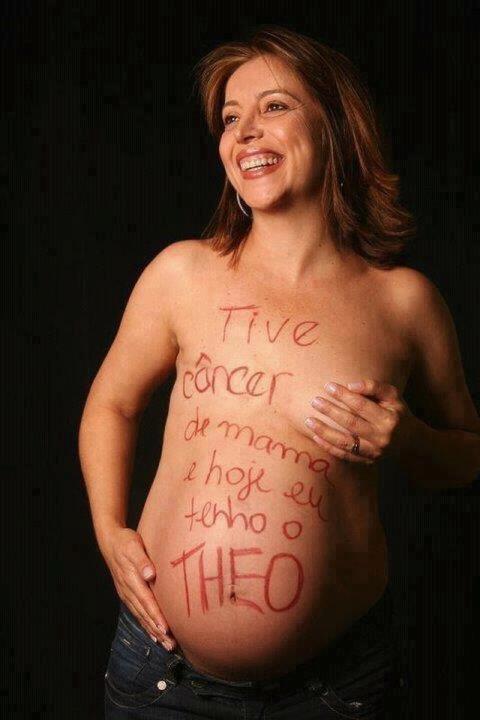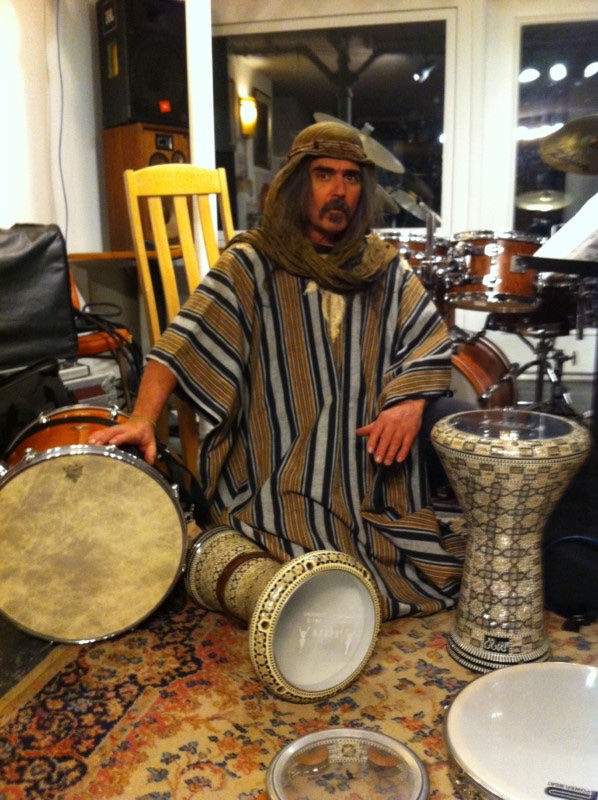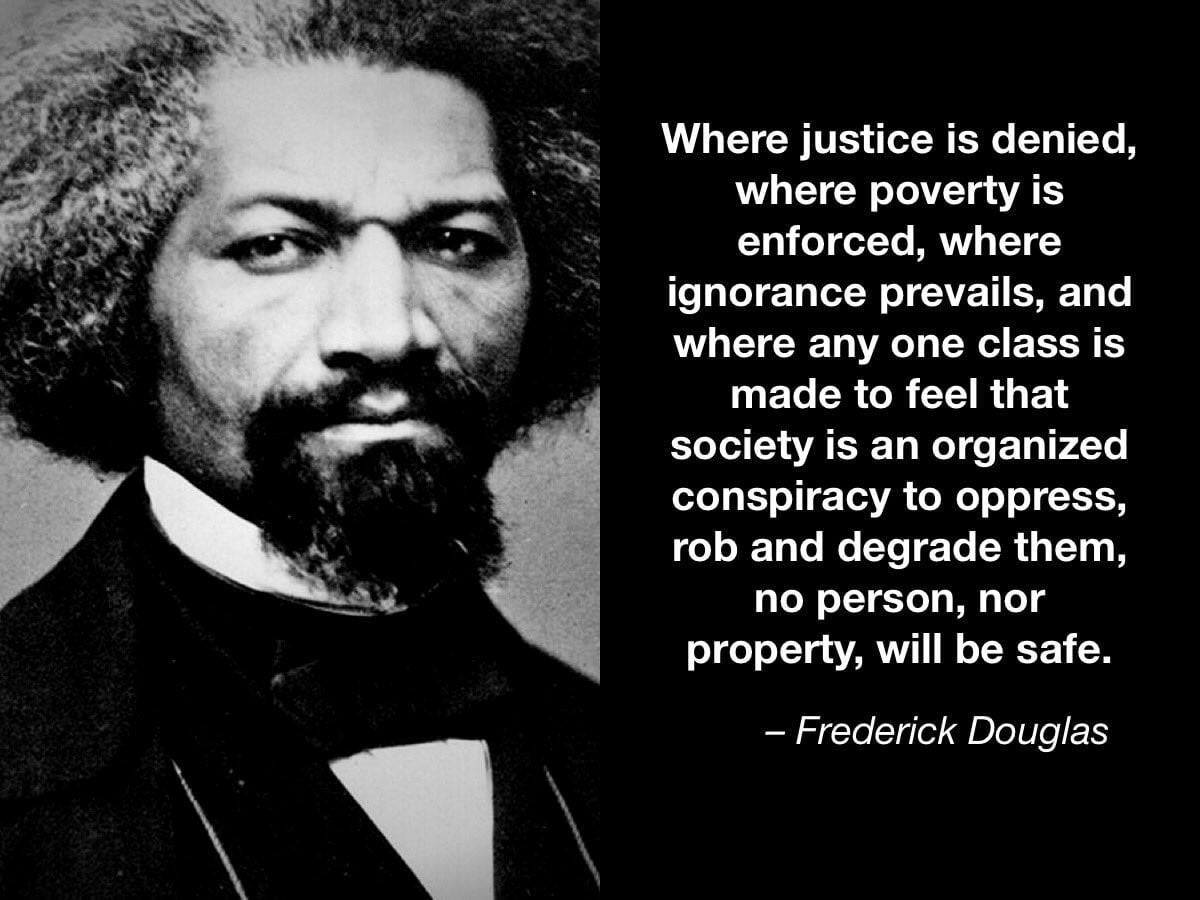Blog
John Lee Curtis
“Sonny Boy” Williamson (March 30, 1914 – June 1, 1948) was an American blues harmonica player and singer-songwriter. He is often regarded as the pioneer of the blues harp as a solo instrument. He played on hundreds of recordings by many pre–World War II blues artists. Under his own name, he was one of the most recorded blues musicians of the 1930s and 1940s and is closely associated with Chicago producer Lester Melrose and Bluebird Records. His popular songs, original or adapted, include “Good Morning, School Girl“, “Sugar Mama“, “Early in the Morning“, and “Stop Breaking Down“.
Williamson’s harmonica style was a great influence on postwar performers. Later in his career, he was a mentor to many up-and-coming blues musicians who moved to Chicago, including Muddy Waters. In an attempt to capitalize on Williamson’s fame, Aleck “Rice” Miller began recording and performing as Sonny Boy Williamson in the early 1940s, and later, to distinguish the two, John Lee Williamson came to be known as Sonny Boy Williamson I or “the original Sonny Boy”. Williamson’s final recording session took place in Chicago in December 1947, in which he accompanied Big Joe Williams. On June 1, 1948, Williamson was killed in a robbery on Chicago’s South Side as he walked home from a performance at the Plantation Club, at 31st St. and Giles Avenue, a tavern just a block and a half from his home, at 3226 S. Giles. Williamson’s final words are reported to have been “Lord have mercy”.
more...
Norah Jones (born Geethali Norah Jones Shankar; March 30, 1979) is an American singer-songwriter and musician. She has won several awards for her music and, as of 2023, had sold more than 53 million records worldwide. Billboardnamed her the top jazz artist of the 2000s decade. She has won ten Grammy Awards and was ranked 60th on Billboard magazine’s artists of the ’00s decade chart.
In 2002, Jones launched her solo music career with the release of Come Away with Me, which was a fusion of jazz with country, blues, folk and pop. It was certified diamond, selling over 27 million copies. The record earned Jones five Grammy Awards, including the Album of the Year, Record of the Year, and Best New Artist, making her the first person of South Asian descent to win that many Grammy awards. Her subsequent studio albums Feels Like Home (2004), Not Too Late (2007), and The Fall(2009) all gained platinum status, selling over a million copies each.[8] They were also generally well received by critics. Jones made her feature film debut as an actress in My Blueberry Nights, which was released in 2007 and was directed by Wong Kar-Wai.
Jones is the daughter of Indian sitarist and composer Ravi Shankar, and is the half-sister of fellow Indian musicians Anoushka Shankar and Shubhendra Shankar.
more...Eric Patrick Clapton (born 30 March 1945) is an English rock and blues guitarist, singer, and songwriter. He is regarded as one of the most successful and influential guitarists in rock music. Clapton ranked second in Rolling Stone‘s list of the “100 Greatest Guitarists of All Time“ and fourth in Gibson‘s “Top 50 Guitarists of All Time”. He was named number five in Time magazine’s list of “The 10 Best Electric Guitar Players” in 2009.
After playing in a number of different local bands, Clapton joined the Yardbirds from 1963 to 1965, and John Mayall & the Bluesbreakers from 1965 to 1966. After leaving Mayall, he formed the power trio Cream with drummer Ginger Baker and bassist/vocalist Jack Bruce, in which Clapton played sustained blues improvisations and “arty, blues-based psychedelic pop“. After four successful albums, Cream broke up in November 1968. Clapton then formed the blues rock band Blind Faith with Baker, Steve Winwood, and Ric Grech, recording one album and performing on one tour before they broke up. Clapton then toured with Delaney & Bonnie and recorded his first solo albumin 1970, before forming Derek and the Dominos with Bobby Whitlock, Carl Radle and Jim Gordon. Like Blind Faith, the band only lasted one album, Layla and Other Assorted Love Songs, which includes “Layla“, one of Clapton’s signature songs.
Clapton continued to record a number of successful solo albums and songs over the next several decades, including a 1974 cover of Bob Marley‘s “I Shot the Sheriff” (which helped reggae reach a mass market), the country-infused Slowhand album (1977) and the pop rock of 1986’s August. Following the death of his son Conor in 1991, Clapton’s grief was expressed in the song “Tears in Heaven“, which appeared on his Unplugged album. In 1996 he had another top-40 hit with the R&B crossover “Change the World“. In 1998, he released the Grammy award-winning “My Father’s Eyes“. Since 1999, he has recorded a number of traditional blues and blues rock albums and hosted the periodic Crossroads Guitar Festival. His latest studio album, Meanwhile, was released in 2024.
Clapton has received 18 Grammy Awards as well as the Brit Award for Outstanding Contribution to Music. In 2004, he was awarded a CBE for services to music. He has received four Ivor Novello Awards from the British Academy of Songwriters, Composers and Authors, including the Lifetime Achievement Award. He is the only three-time inductee to the Rock and Roll Hall of Fame: once as a solo artist, and separately as a member of the Yardbirds and of Cream. In his solo career, he has sold 100 million records worldwide, making him one of the best-selling musicians of all time. In 1998, Clapton, a recovering alcoholic and drug addict, founded the Crossroads Centreon Antigua, a medical facility for those recovering from substance abuse.
more...Remo Paul Palmier (March 29, 1923 – February 2, 2002 NY) was an American jazz guitarist.
Palmier began his career as a musician during the 1940s, and collaborated with Coleman Hawkins, Dizzy Gillespie, Charlie Parker, and Teddy Wilson. In 1945, he was awarded a “new star” award from Esquire (magazine). He also played with Pearl Bailey, Billie Holiday, and Sarah Vaughan. He also became part of Nat Jaffe‘s trio.
more...NASA’s robotic Juno mission orbiting Jupiter took data in 2018 that was used to construct this stunning view of the curious cyclones at Jupiter’s north pole. Measuring the thermal emission from Jovian cloud tops, the infrared observations are not restricted to the hemisphere illuminated by sunlight. They reveal eight cyclonic features that surround a cyclone about 4,000 kilometers in diameter, just offset from the giant planet’s geographic north pole. Similar data show a cyclone at the Jovian south pole with five circumpolar cyclones. The south pole cyclones are slightly larger than their northern cousins. Oddly, data from the once Saturn-orbiting Cassini mission has shown that Saturn’s north and south poles each have only a single cyclonic storm system.

more...
Michael Leonard Brecker (March 29, 1949 – January 13, 2007) was an American jazzsaxophonist and composer. He was awarded 15 Grammy Awards as a performer and composer, received an honorary doctorate from Berklee College of Music in 2004, and was inducted into the DownBeat Jazz Hall of Fame in 2007. Brecker was in great demand as a soloist, sideman and session musician. He performed with bands whose styles ranged from mainstream jazz to mainstream rock. Altogether, he appeared on nearly 900 albums, either as a band member or a guest soloist. He put his stamp on numerous pop and rock recordings as a soloist, including notable work with James Taylor and Paul Simon. Other sessions included albums with Steely Dan, Lou Reed, Donald Fagen, Dire Straits, Joni Mitchell, Eric Clapton, Mark Knopfler, Billy Joel, John Lennon, Aerosmith, Dan Fogelberg, Kenny Loggins, Frank Sinatra, Frank Zappa, Bruce Springsteen, Roger Daltrey, Parliament-Funkadelic, Cameo, Yoko Ono, Todd Rundgren, Chaka Khan, Orleans, Blue Öyster Cult, The Manhattan Transfer, Average White Band, Players Association, Everything but the Girl, Patti Austin, Art Garfunkel, Carly Simon, The Brothers Johnson, Karen Carpenter, and T-Square. Brecker died from complications of leukemia in a Manhattan hospital. His funeral was held on January 15, 2007, in Hastings-on-Hudson, New York.
more...Evangelos Odysseas Papathanassiou (29 March 1943 – 17 May 2022), known professionally as Vangelis, was a Greek musician, composer, and producer of electronic, progressive, ambient, and classical orchestral music. He composed the Academy Award-winning score to Chariots of Fire (1981), as well as for the films Blade Runner (1982), Missing (1982), Antarctica (1983), The Bounty (1984), 1492: Conquest of Paradise (1992), and Alexander (2004), and the 1980 PBS documentary series Cosmos: A Personal Voyage by Carl Sagan.
Born in Agria and raised in Athens, Vangelis began his career in the 1960s as a member of the rock bands the Forminx and Aphrodite’s Child; the latter’s album 666(1972) is recognised as a progressive–psychedelic rock classic. Vangelis settled in Paris, and gained initial recognition for his scores to the Frédéric Rossif animal documentaries L’Apocalypse des Animaux, La Fête sauvage, and Opéra sauvage. He released his first solo albums during this time, and performed as a solo artist. In 1975, Vangelis relocated to London where he built his home recording facility named Nemo Studios and released a series of successful and influential albums for RCA Records, including Heaven and Hell (1975), Albedo 0.39 (1976), Spiral (1977), and China (1979). From 1979 to 1986, Vangelis performed in a duo with Yes vocalist Jon Anderson, releasing several albums as Jon and Vangelis. He collaborated with Irene Papas on two albums of Greek traditional and religious songs.
Vangelis reached his commercial peak in the 1980s and 1990s. His score for Chariots of Fire (1981) won him an Academy Award for Best Original Score and the film’s main theme, “Chariots of Fire – Titles” went to number one on the U.S. Billboard Hot 100chart, while his score for 1492: Conquest of Paradise (1992) was nominated for a Golden Globe Award for Best Original Score and the film’s soundtrack and main themetopped the European charts selling millions of copies. His compilation albums Themes(1989), Portraits (So Long Ago, So Clear) (1996), and studio album Voices (1995) sold well. Vangelis composed the official anthem of the 2002 FIFA World Cup held in Korea and Japan. In his last twenty years, Vangelis collaborated with NASA and ESA on music projects Mythodea (1993), Rosetta (2016), and Juno to Jupiter (2021), his 23rd and final studio album.
Having had a career in music spanning over 50 years and having composed and performed more than 50 albums, Vangelis is one of the most important figures in the history of electronic music, and modern film music. He used many electronic instruments in a fashion of a “one-man quasi-classical orchestra” composing and performing on the first take.
more...

Donald Ray Brown (born March 28, 1954) is an American jazz pianist and producer.
Brown was born in Hernando, Mississippi and raised in Memphis, Tennessee, where he learned to play trumpet and drums in his youth. From 1972 to 1975, he was a student at Memphis State University, by which time he had made piano his primary instrument. He was with Art Blakey‘s Jazz Messengers from 1981 to 1982, then took teaching positions at Berklee College of Music from 1983 to 1985 and the University of Tennessee from 1988. Brown has recorded for Evidence, Muse, and Sunnyside.
more...
More Posts
- Janis Joplin
- Willie Big Eyes Smith
- Horace Parlan
- Owsley Stanley
- World Music with Ak Dan Gwang Chil
- Daily Roots with Cultural Roots
- Cosmos IC 434
- Steve Grossman
- David Ruffin
- Al Foster
- Giannis “Yannis” Papaioannou
- World Music with Lakhdar Hanou
- Daily Roots with Freddy McKay
- Happy Martin Luther King Day 2022
- Cosmos NGC 3318
- Mick Taylor
- Billy Harper
- Cedar Walton
- Big Sid Catlett
- World Fusion with Bedouin Burger Zeid Hamdan and Lynn Adib.




